Web Apps
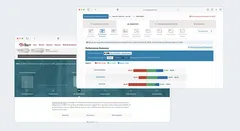
Data-rich reporting for educational decision-making, models & simulations, interactive tools for critical reading & inquiry, assessment & analysis tools to inform instruction, custom courseware.
We design and develop custom learning environments. We work collaboratively with our clients to identify learning goals and develop innovative solutions.
“Inquirium is hands down one of the best service providers I have worked with during my career.”
Elliot Ransom
We build bespoke applications for web, desktop, mobile, and the physical environment that enhance teaching and learning. Focusing on K-12 education, we partner with universities, research labs, museums, schools and school districts.
Our process emphasizes rapid prototypes and frequent iteration to help clients deliver robust tools for learning. We start with a thorough understanding of the learning goals and the context in which the technologies will be used, and then design and build solutions that match those needs.

Data-rich reporting for educational decision-making, models & simulations, interactive tools for critical reading & inquiry, assessment & analysis tools to inform instruction, custom courseware.
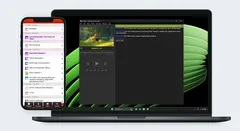
Digital media transcription & annotation, citizen-science data collection, scientific modeling & visualization, conference apps.
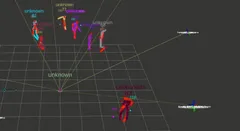
Motion-controlled simulation environments for museums and classroom research settings.
We combine a unique mix of expertise as education researchers, designers, and developers.
who draw upon our PhD-level expertise as learning researchers to inform our work.
who have 20+ years of experience designing novel user-centered technologies.
who produce robust, scalable, production-ready solutions.
Here's a sampling of some recent projects:
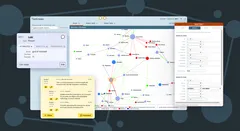
An online tool for digital humanities and K-Higher Ed classrooms that supports dozens of users collaboratively constructing and analyzing network graphs.
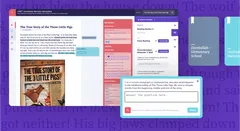
High School and Middle School students use our web-based software tool to interactively read, annotate, and conceptually organize challenging literary and historical texts that would otherwise be beyond their reading level.
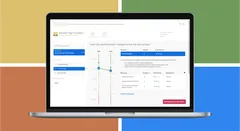
A comprehensive survey administration and data reporting system used by school leaders to implement school improvement.